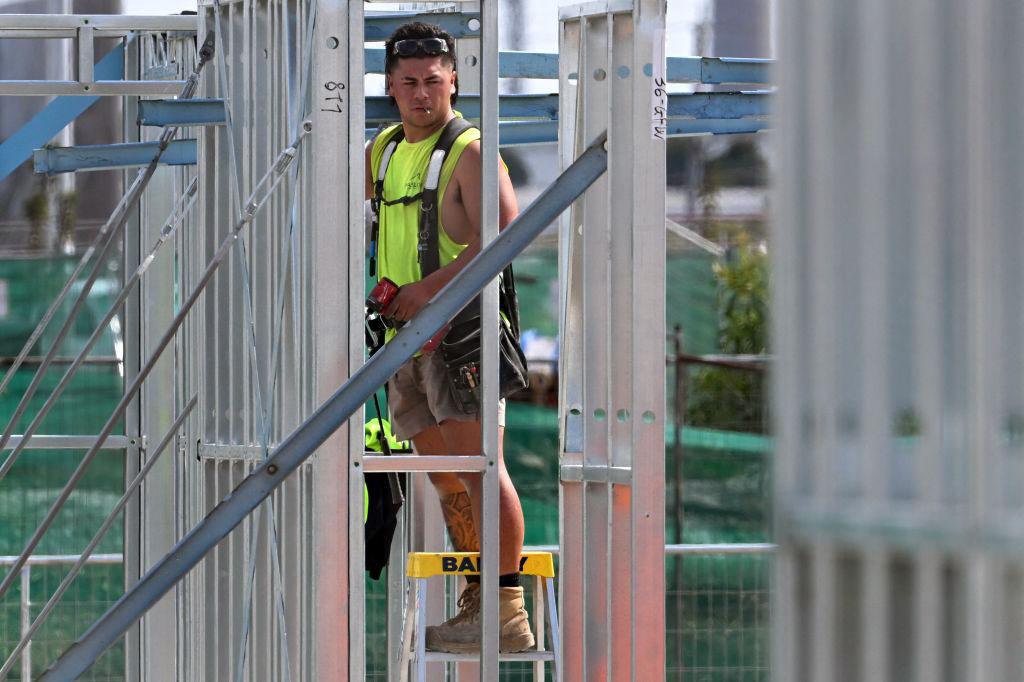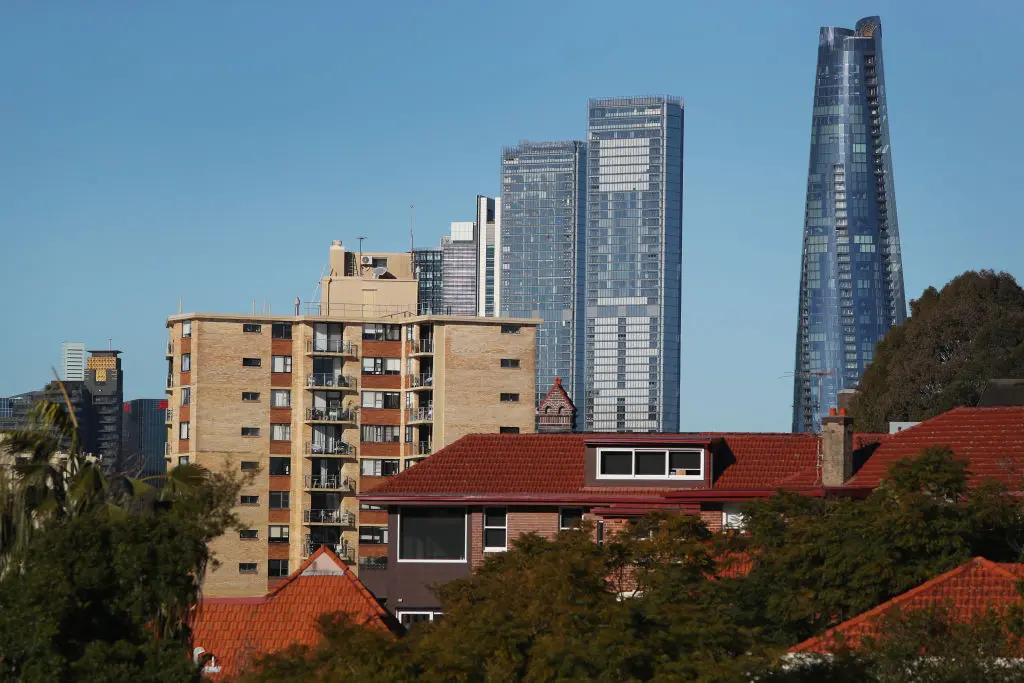The federal opposition will oppose the government’s move to make Fee-Free TAFE training a permanent fixture in Australia’s vocational landscape.
On Nov. 4, the Albanese Labor government introduced a bill to fund 100,000 positions annually from 2027.
The move builds on the government’s existing partnerships with the states and territories, who funded 180,000 positions in 2023, and plan another 300,000 places over the next three years.
However, Deputy Opposition Leader Sussan Ley raised concerns saying the program had a low success rate, with failures and dropouts alarmingly high.
The shadow workplace minister pointed to a briefing from the Minister for Skills, which revealed that the dropout rate for fee-free programs was 13 percent.
“I’m not anti-TAFE, having studied at TAFE, but we value the fact that we’ve got private providers who do an incredible job and who have much higher pass rates than the ones that we’ve been able to allude,” Ley told Parliament on Nov. 19.
A Commitment Without a Budget: Ley
The program has cost taxpayers around $1 billion over the past two years.“Page three of the Explanatory Memorandum of the free TAFE bill states there is ‘no financial impact’ resulting from the Free TAFE Bill 2024. This means Labor has not allocated any funding to making free TAFE permanent at all,” Ley said.
She said Prime Minister Anthony Albanese was “badly misleading the Australian people about making free TAFE permanent.”

Program’s Spending Has Not Been Reviewed: Ley
Senate Estimates also confirmed that no proper review of the $1 billion spent on Fee-Free TAFE to date has been conducted.“Only the Labor Party would seek to legislate a commitment to permanently fund a program without telling Australians how much it will cost or reviewing it to make sure that it actually works,” Ley said, noting the final bill could be as much as $500 million per year for taxpayers.
Ley also said the program was not created to serve demand in relevant areas, with some courses reporting no students in attendance.
Earlier, Shadow Minister for Immigration Dan Tehan argued that nothing was free in the world.
Government Points to High Enrolment Numbers
While the Liberal-National Coalition remains firm in its position, the Labor government says the Fee-Free TAFE initiative has seen impressive enrolment numbers since its launch in January 2023.By June 2024, over 508,000 Australians had enrolled in courses across high-demand fields with 131,000 people enrolling in care-related courses, 48,900 in tech, and 35,000 in construction.
Additionally, the program has seen substantial participation from priority groups, including 170,000 young people, 124,000 job seekers, and 30,000 Aboriginal Australians.
Women make up 6 out of every 10 enrollees, and one-third of all spots have been filled by Australians from regional and remote areas.
Greens to Back Bill
The Australian Greens have expressed strong support for the initiative and its role in promoting equality and opportunity—making it easier for the government to pass it through the upper house.In a statement, the party noted that “free university and TAFE will give everybody a fair go, break the cycle of disadvantage, and guarantee access.”
“For those who want to study, it’s our job to make that possible. That is why the Greens will fully fund fee-free TAFE and university,” the statement continued.







